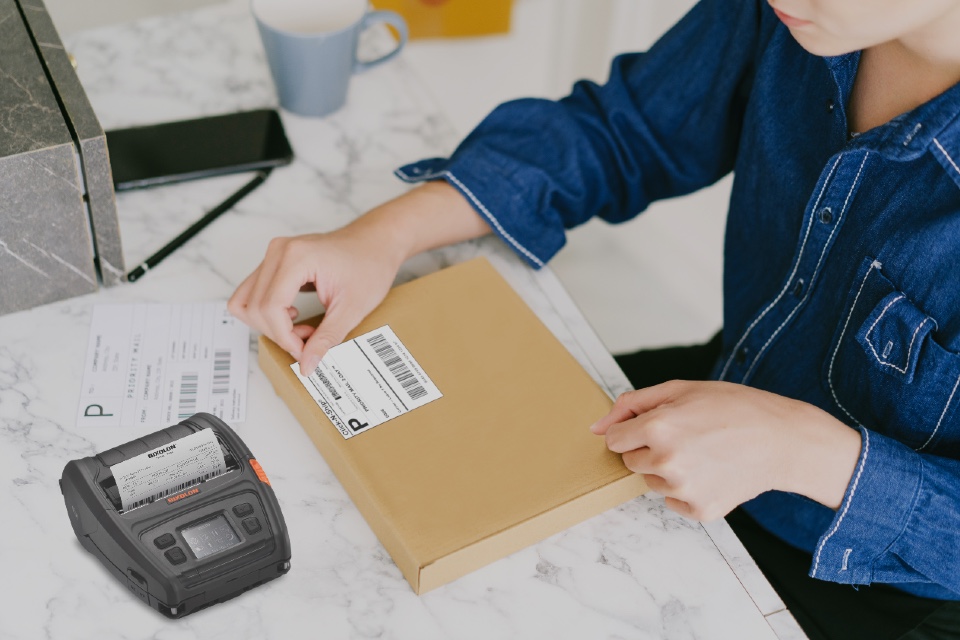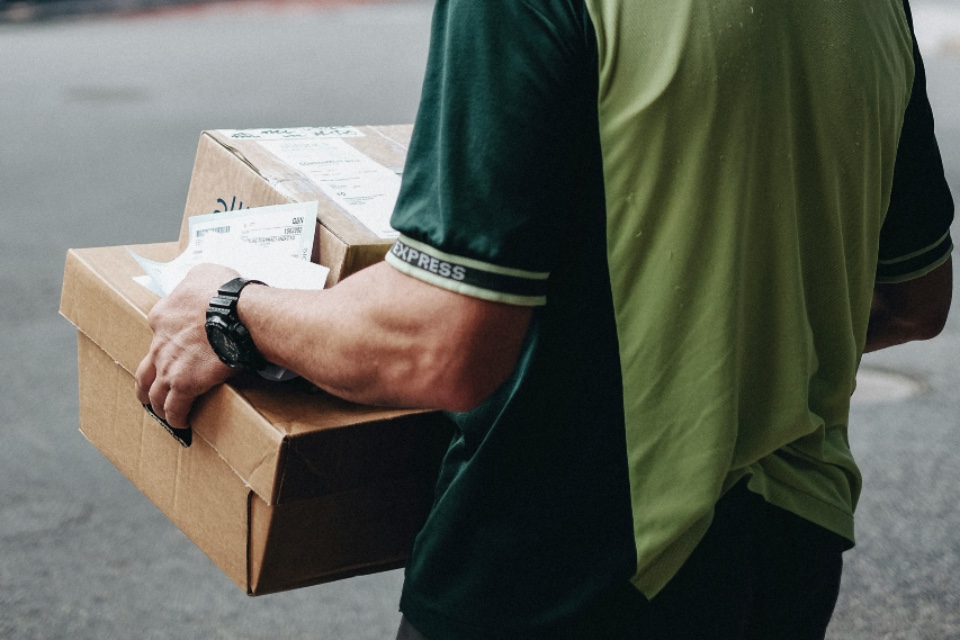Andrew Tavener, Head of Marketing at Descartes, outlines the impact that Covid-19 has had on ecommerce, addressing the three main pinch points for delivery service that have been caused due to a surge in demand, and how they might be overcome...
The current Coronavirus pandemic has presented challenges for every industry, organisation and individual across the world. In particular, the increased pressures that have been placed on ensuring efficient deliveries; to stores and to homes – have never been experienced before. With the Government placing the UK on Police-enforced lockdown, not only has panic-buying ensued, but with the public unable to purchase items from stores – ecommerce demand has seen huge growth, with a resultant exponential increase in the number of home deliveries for all types of goods. So what are the main pinch points for delivery that have been caused by the crisis, and how can they be addressed? Andrew Tavener, Head of Marketing at Descartes, explains.
Delivery to store
In light of panic-buying and stockpiling caused as a result of the outbreak, many supermarkets have struggled to keep up with demand and keep shelves stocked. We’ve already seen certain measures come into effect to support retailers, such as the relaxation of the enforcement of the EU drivers’ hours rules, as well as changes to MOT testing requirements on commercial vehicles to keep deliveries moving. But while these initiatives will all contribute to the overall effort to streamline delivery to stores, with the temporary lack of regulated checks, implementing vehicle safety technology to make sure vehicles are roadworthy and drivers are safe when they go out is more important than ever before.
Additionally, the government has announced that it will be temporarily relaxing elements of competition laws to allow retailers to work together and share resources to take some pressure off of supply chains; sharing stock data, pooling staff, delivery depots and vans, as well as coordinating opening hours to allow for shelf stacking time. When it comes to sharing delivery capabilities, an online, remote, centralised system is essential, so that everybody can access it in order to provide maximum visibility and capitalise on technology to get more out the existing resources in place, as they come under increasing pressure.
Crucially, supermarkets are now closing overnight to allow for deliveries and stacking to take place. This is where dock appointment scheduling becomes a critical component, to be able to manage demand in line with resources and capacity, to prioritise deliveries and create a foundation for better carrier/supplier collaboration – addressing this significant pinch point during a critical time can help to streamline the delivery process. One well known supermarket is currently coping at four times its peak with the use of Dock Appointment Scheduling, demonstrating how effective the tool can be.
Home Delivery
Add to all of this the growing concerns over the delivery driver shortages, especially as many may have to start self-isolating depending on whether they experience symptoms or not, the use of technology to optimise delivery efficiency has never been more important.
Steps have also been put in place by delivery companies relating to the actual delivery at the addressees’ homes, including leaving the goods in a specific place and not requiring a signature from the person accepting the item for proof of delivery.
A routing and scheduling solution that continually assesses the resources available, versus actual visibility throughout the supply chain, from initial collection through to the last mile of the home delivery process, offers the opportunity to maximise operational efficiency. Integrated telematics and mobile data communications provide increased visibility for the fleet manager and consumer, as they can see in real-time, exactly where a vehicle is against the plan and route set out by the scheduling software. This added insight allows transport operators to add or amend jobs to avoid disruption, such as traffic, as well as send automatic updates to the customer about any changes to their delivery. One well known pharmacy that relies on semi-retired drivers – those at higher risk to Coronavirus – is coping with a 15% absence rate with the use of routing software, demonstrating how the technology is enabling the pharmacy to keep up despite driver shortages.
Moreover, in light of temporary changes to drivers’ hours law enforcement, by combining digital tachograph analysis and reporting with driving licence and driver CPC verification with the DVLA, as well as digital driver vehicle safety checks, all in one platform, operators can practice proactive compliance management to underpin optimisation of fleet efficiency. Operators need a simple and convenient way to stay on top of their compliance requirements, especially as more changes are likely to come into effect as the situation unfolds.
Growth of ecommerce
The Coronavirus crisis has meant that retailers have had to go back to the drawing board when it comes to forecasting. For example, despite warmer weather approaching, comfy tracksuits are booming as people are staying at home, rather than purchasing evening wear or prom dresses. Home and garden, DIY and workout gear is also seeing a surge. While retailers can prepare for peak-periods such as Christmas, many are struggling to cope with this unexpected surge in demand.
With the public turning to online delivery during lockdown, businesses that have not had an online presence have realised that given the current state, this could mean the difference between surviving and going under. Even for those businesses with ecommerce in place, they have likely never had to deal with such an unprecedented crisis we are currently facing.
Primark, for example, has no online business to offset its lack of in-store revenue, now all of its 189 UK stores have closed. Estimates calculate the lost sales at Primark to equate to about £85M of gross profit, even before store closures. But all is not lost for those retailers that have not yet set up an ecommerce channel. With rapid turnaround remote solutions, warehouse management software can be deployed without the need to physically visit a site to get up and running. As long as warehouse facilities are available, businesses can deploy a logistics platform in three to four weeks, not months.
Moreover, with the likelihood that businesses will see more staff shortages as increasing numbers of workers will need to self-isolate, an efficient way of picking, packing and shipping is essential to keep up with increasing demand. And as consumers have no choice to turn to online shopping methods, it’s also likely that many will continue with online shopping even after the pandemic is over – especially if they have received a good experience. Retailers need to be prepared for the shift in consumer habits to not just be a temporary change in operations.
With technology that provides continuous background optimisation of resources, operators can get more out of their existing resources. Drivers and the public can be kept safe with real-time updates on delivery ETAs and mobile applications for proof that your goods were left in a safe place or outside your door for ‘contactless delivery’. These are testing times for every business, but those that can adapt now and capitalise on technology that can unlock valuable efficiencies will be the ones that will come out the other side stronger and in a better position to ride the wave of future demand fluctuations.







